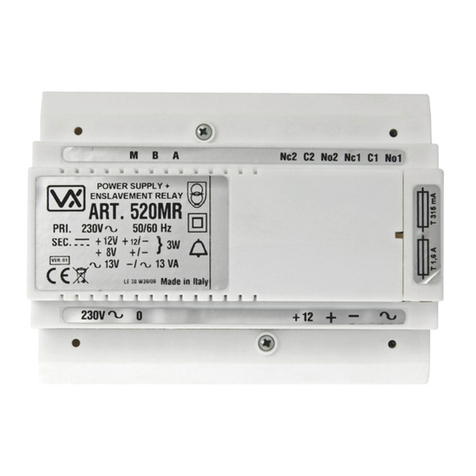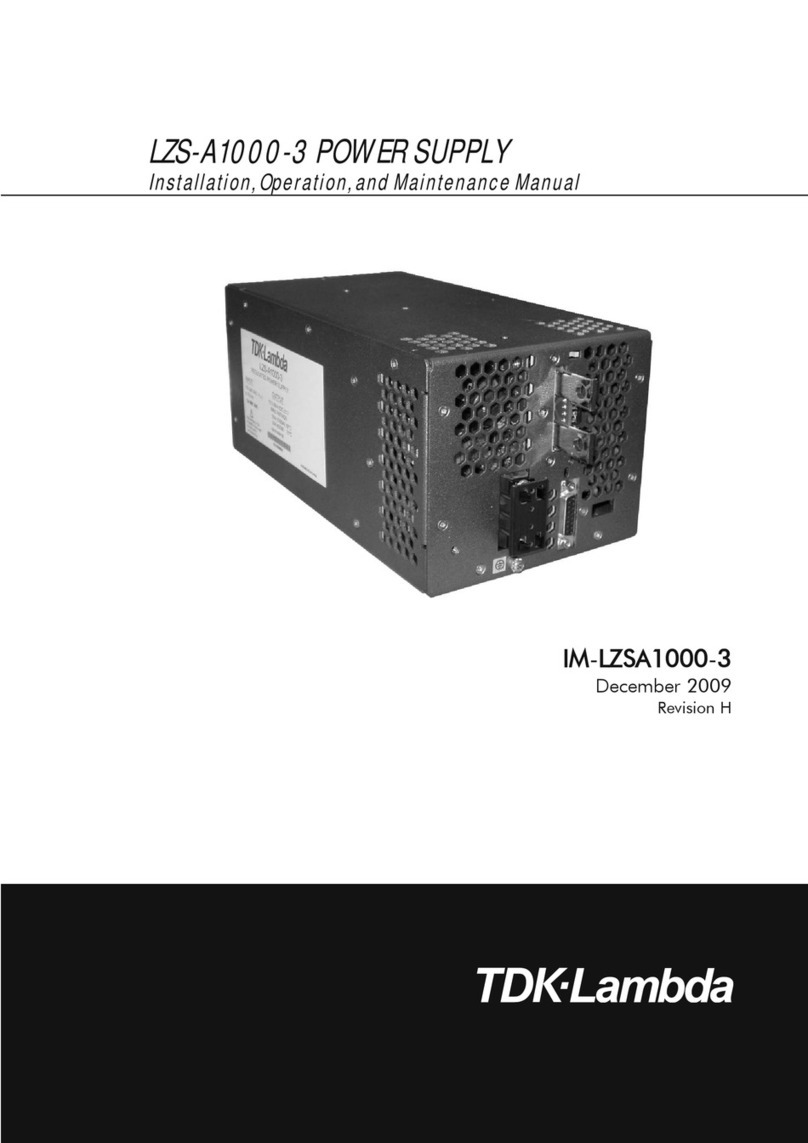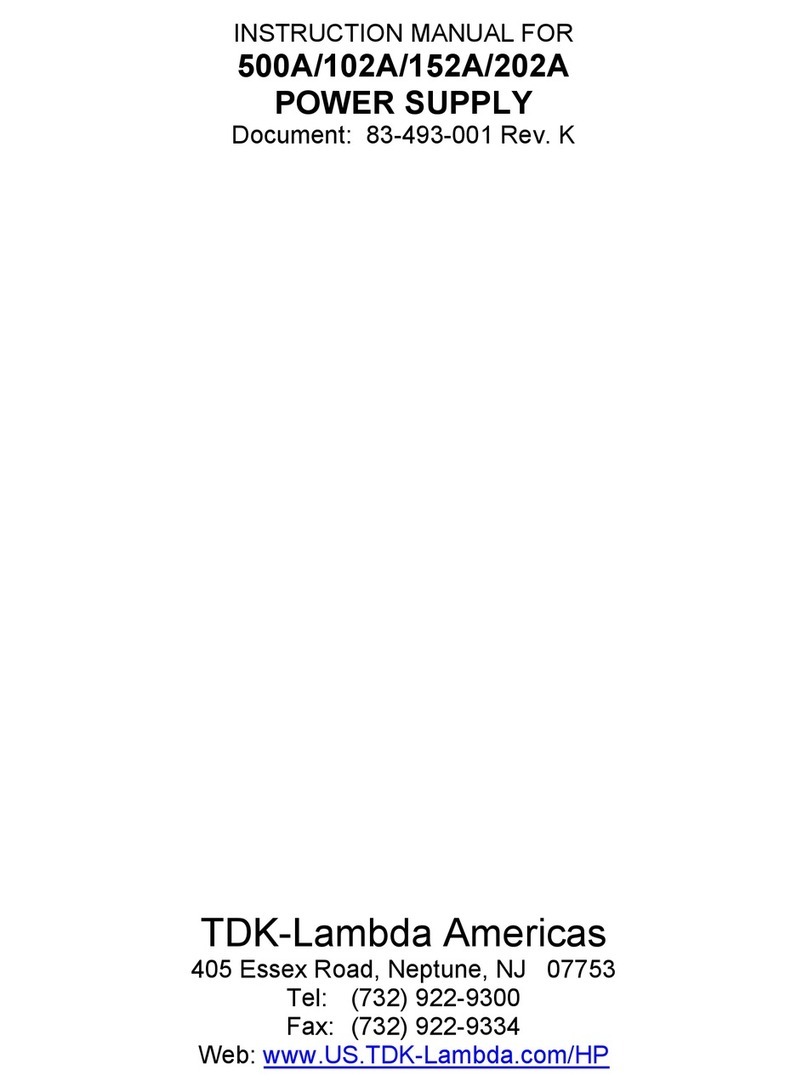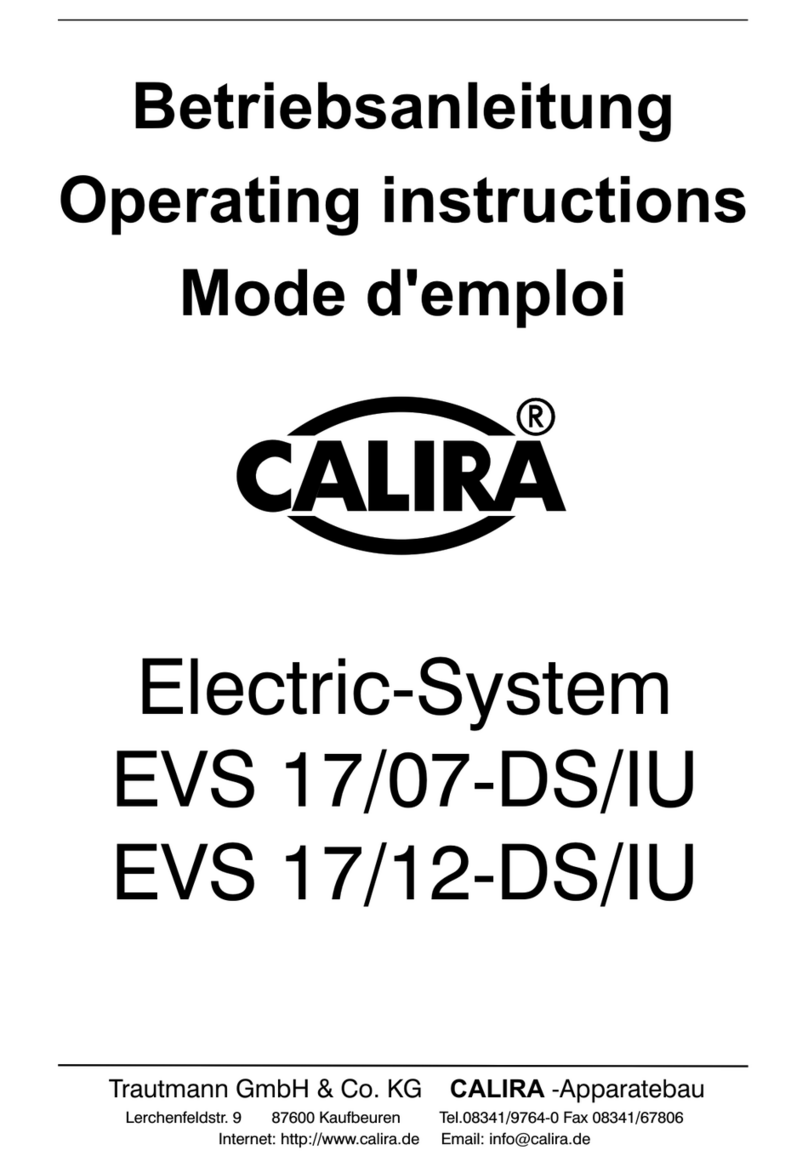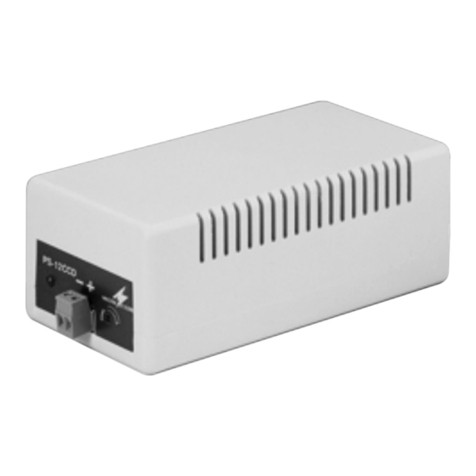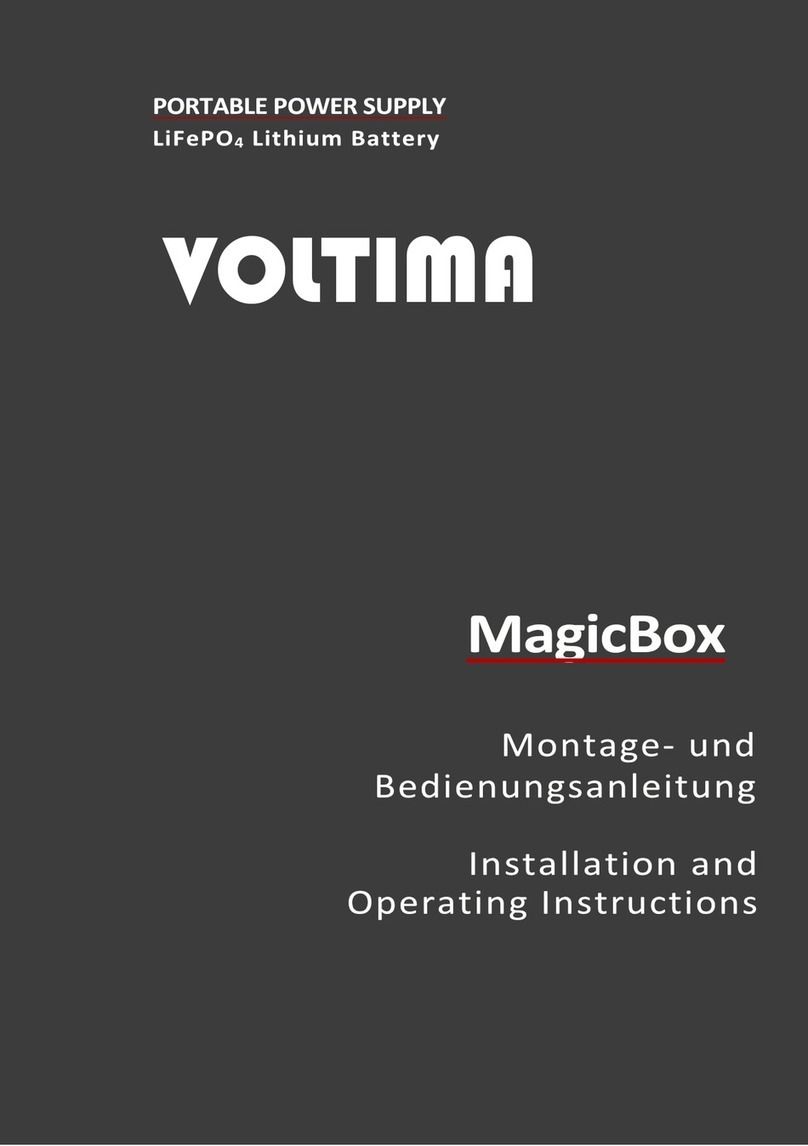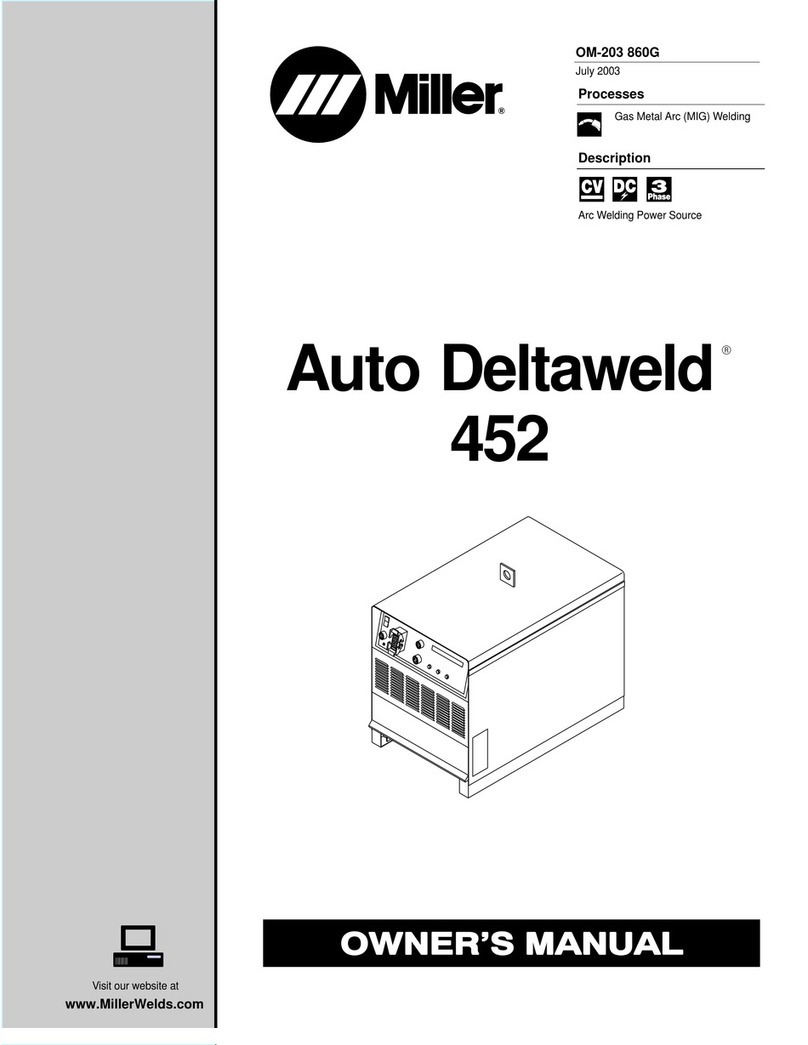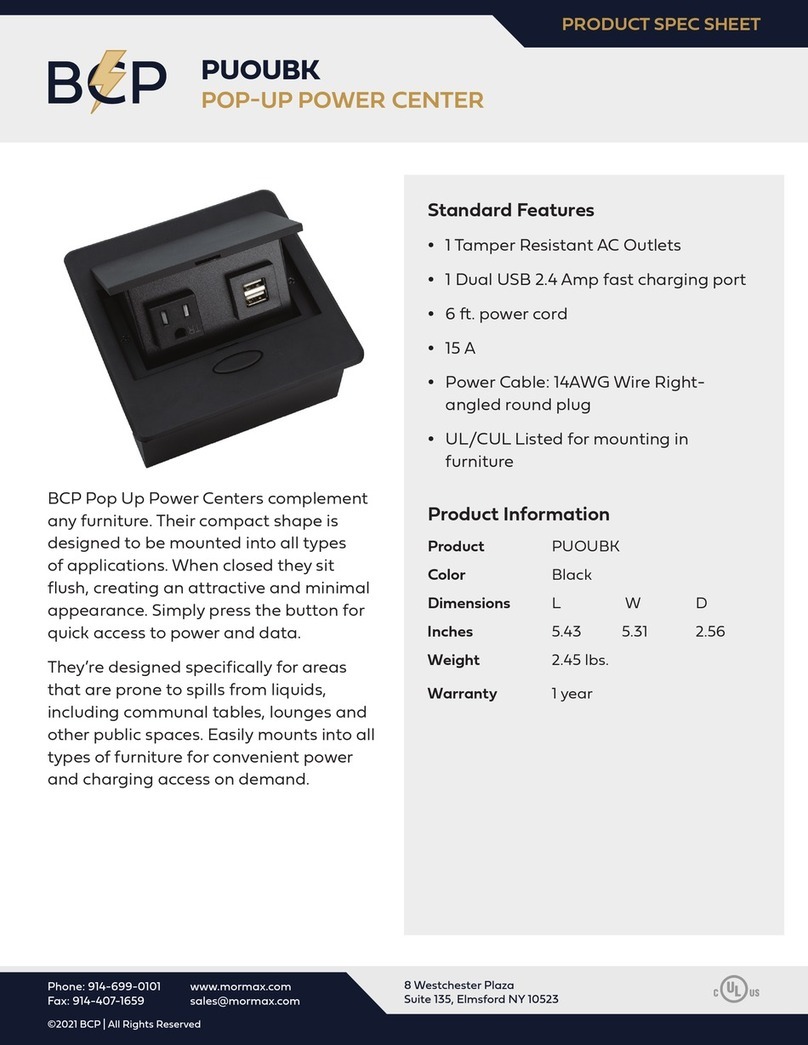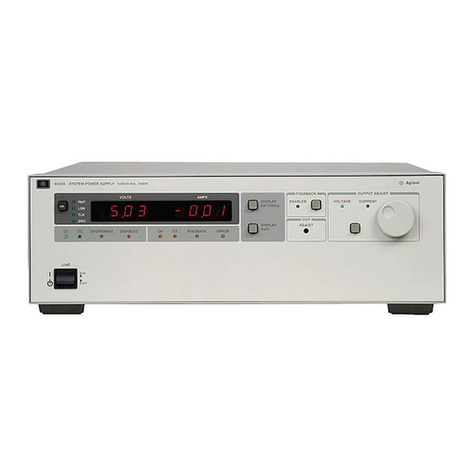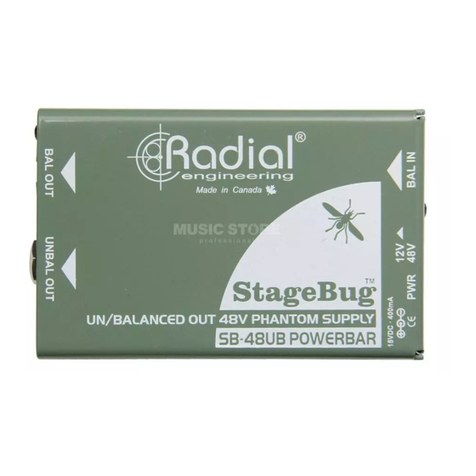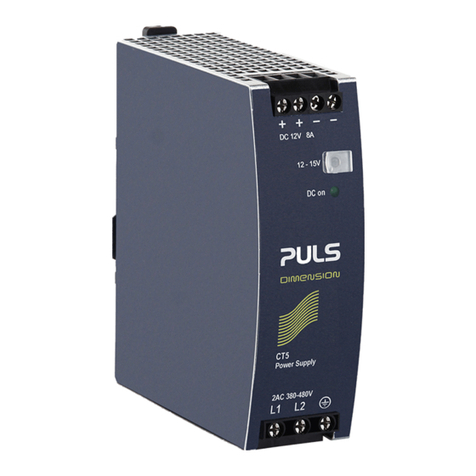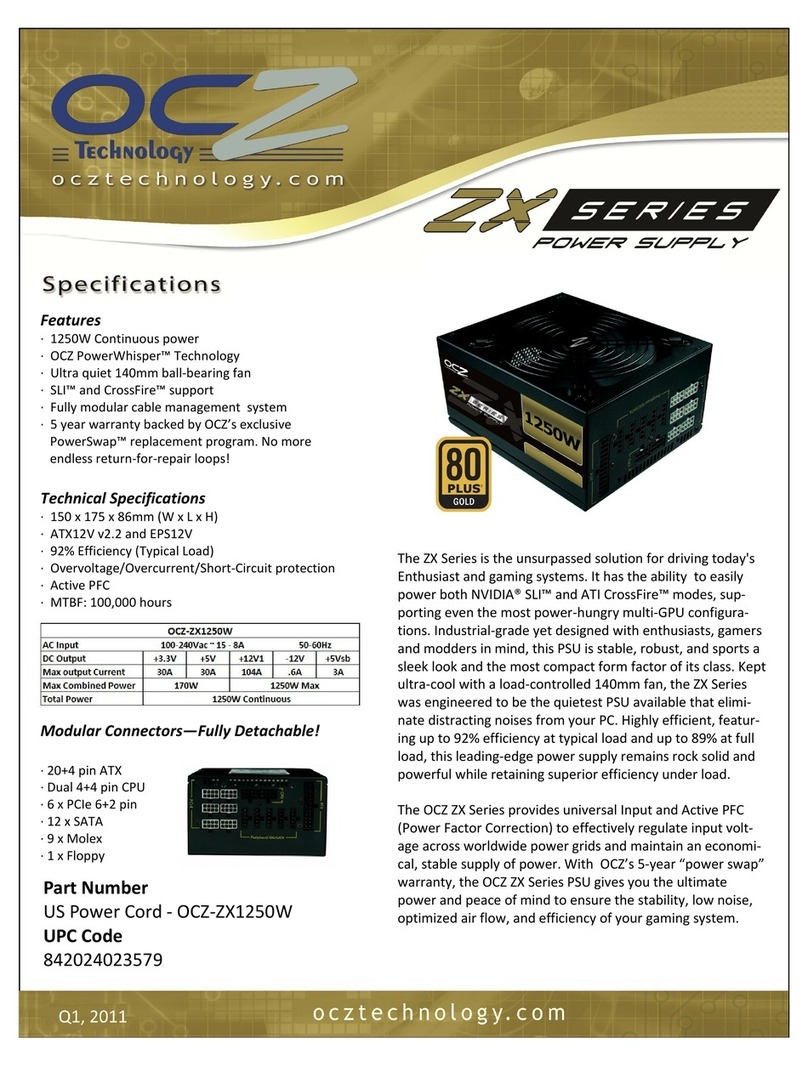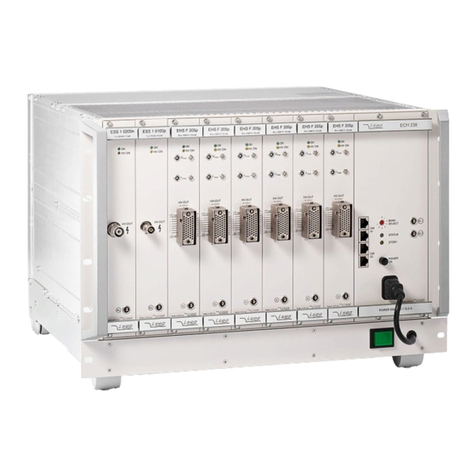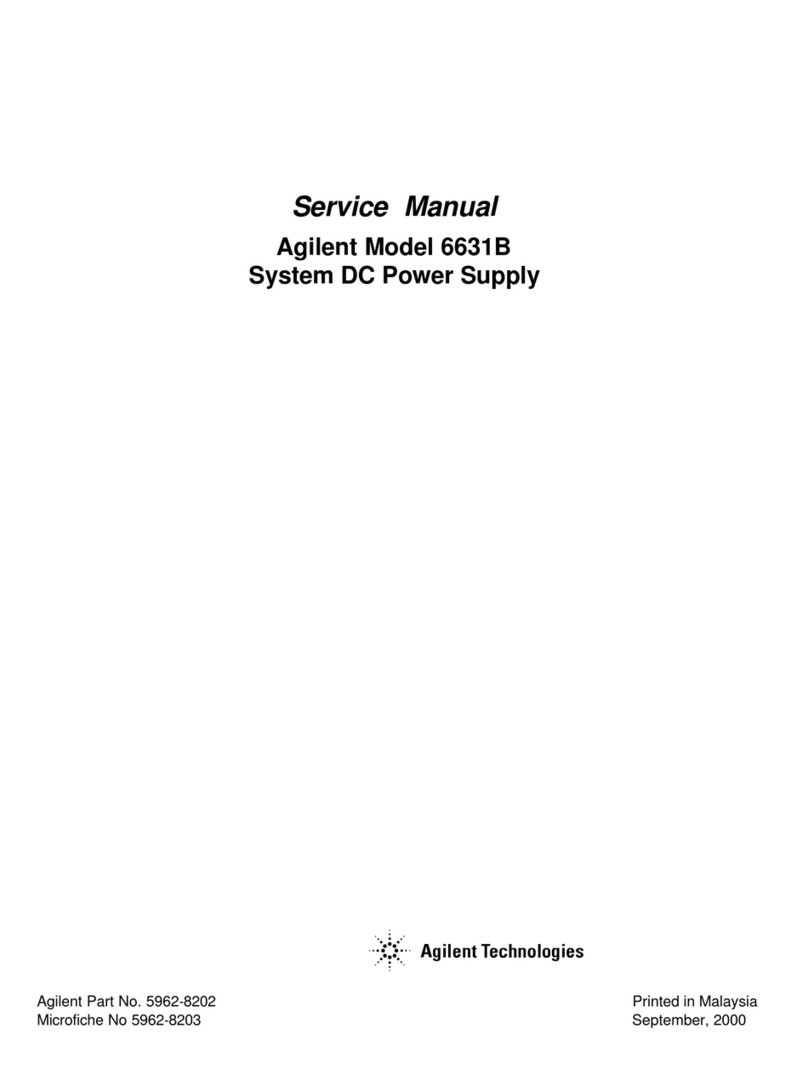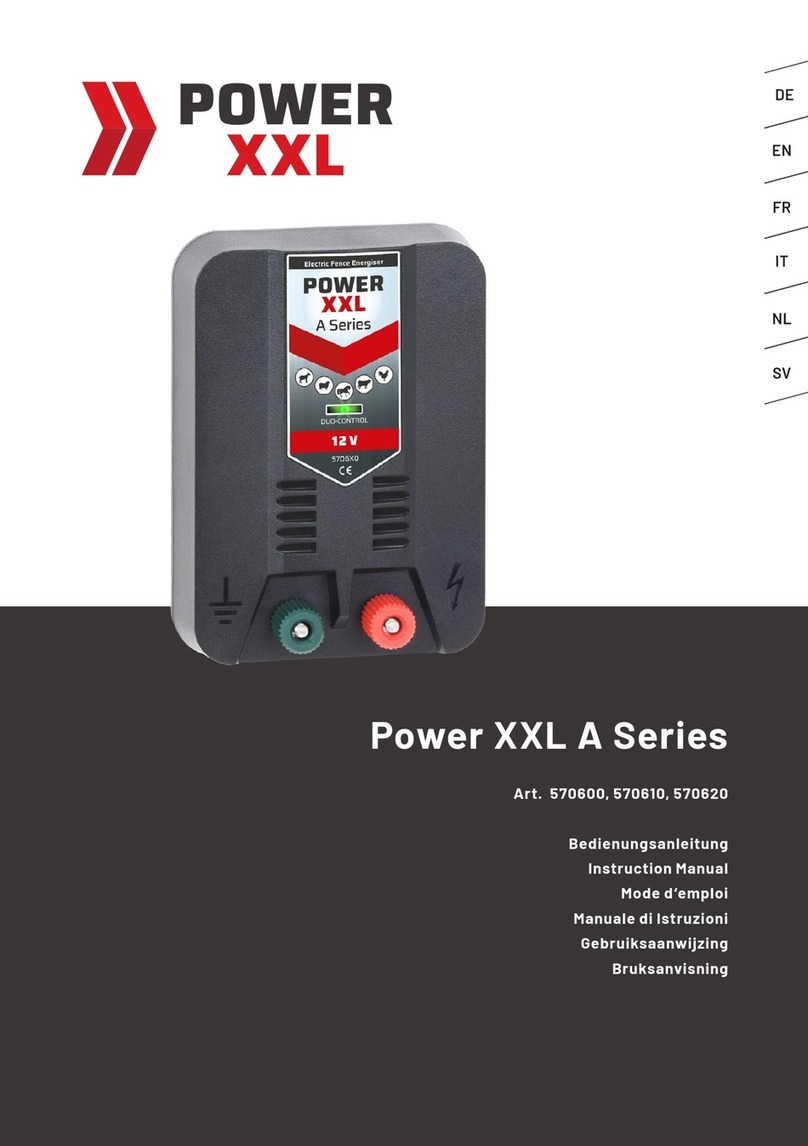
3
IMPORTANT NOTICE
IMPORTANT SAFETY INSTRUCTIONS
WHEN INSTALLING AND USING THIS ELECTRICAL EQUIPMENT, BASIC SAFETY
PRECAUTIONS SHOULD ALWAYS BE FOLLOWED, INCLUDING THE FOLLOWING:
1. READ AND FOLLOW ALL INSTRUCTIONS
2. WARNING
- To reduce the risk of injury, do not permit children to use this product, unless
they are closely supervised at all times.
3. WARNING - Risk of Electric Shock. Connect only to a circuit protected by a Ground-Fault
Circuit-Interrupter (GFCI) or Residual Current Device (RCD). Contact a qualied electrician
if you cannot verify that the circuit is protected by a GFCI or RCD. Do not bury or coil the
supply cord.
4. The unit must be connected only to a supply circuit that is protected by a ground-fault
circuit-interrupter (GFCI). Such a GFCI should be provided by the installer and should be
tested on a routine basis. To test the GFCI, push the test button. The GFCI should interrupt
power. Push the reset button. Power should be restored. If the GFCI fails to operate in
this manner, the GFCI is defective. If the GFCI interrupts power to the unit without the test
button being pushed, a ground current is owing, indicating the possibility of an electric
shock. Do not use this unit. Disconnect the unit and have the problem corrected by a
qualied service representative before using.
5. This unit is to be installed in accordance with these installation instructions and any local
Electrical Codes and the requirements of the authority having jurisdiction.
6. The chlorinator must be positioned downstream of all pool equipment including pumps,
heaters, lters, cleaners and so on. Note: If an Ozone generator is installed the injection
point MUST be installed after the cell.
7. WARNING - To reduce the risk of electric shock, replace damaged cord immediately.
8. CAUTION - To reduce the risk of electric shock, install power supply at least 10 feet (3m)
from the inside walls of the pool.
9. CAUTION - To reduce the risk of electric shock, ensure green/yellow earthing conductor
of supply cord is connected to earth.
10.WARNING - Do not energize or operate the unit if the enclosure or cell housing is
damaged or improperly assembled.
11.To reduce the risk of injury, only permit people who have read these instructions to use
this product.
12.SAVE THESE INSTRUCTIONS
WARNING: This appliance is not intended for use by persons (including children)
with reduced physical, sensory or mental capabilities, or lack of experience and
knowledge, unless they have been given supervision or instruction concerning
use of the appliance by a person responsible for their safety. Children should be
supervised to ensure that they don’t play with the appliance. This appliance can be
used by children aged from 8 years and above and persons with reduced physical,
sensory or mental capabilities or lack of experience and knowledge if they have been
given supervision or instruction concerning use of the appliance in a safe way and
understand the hazards involved. Children shall not play with the appliance. Cleaning
and user maintenance shall not be made by children without supervision. If the
supply cord is damaged, it must be replaced by the manufacturer, its service agent or
similarly qualied persons in order to avoid a hazard.
ENGLISH
ENGLISH
